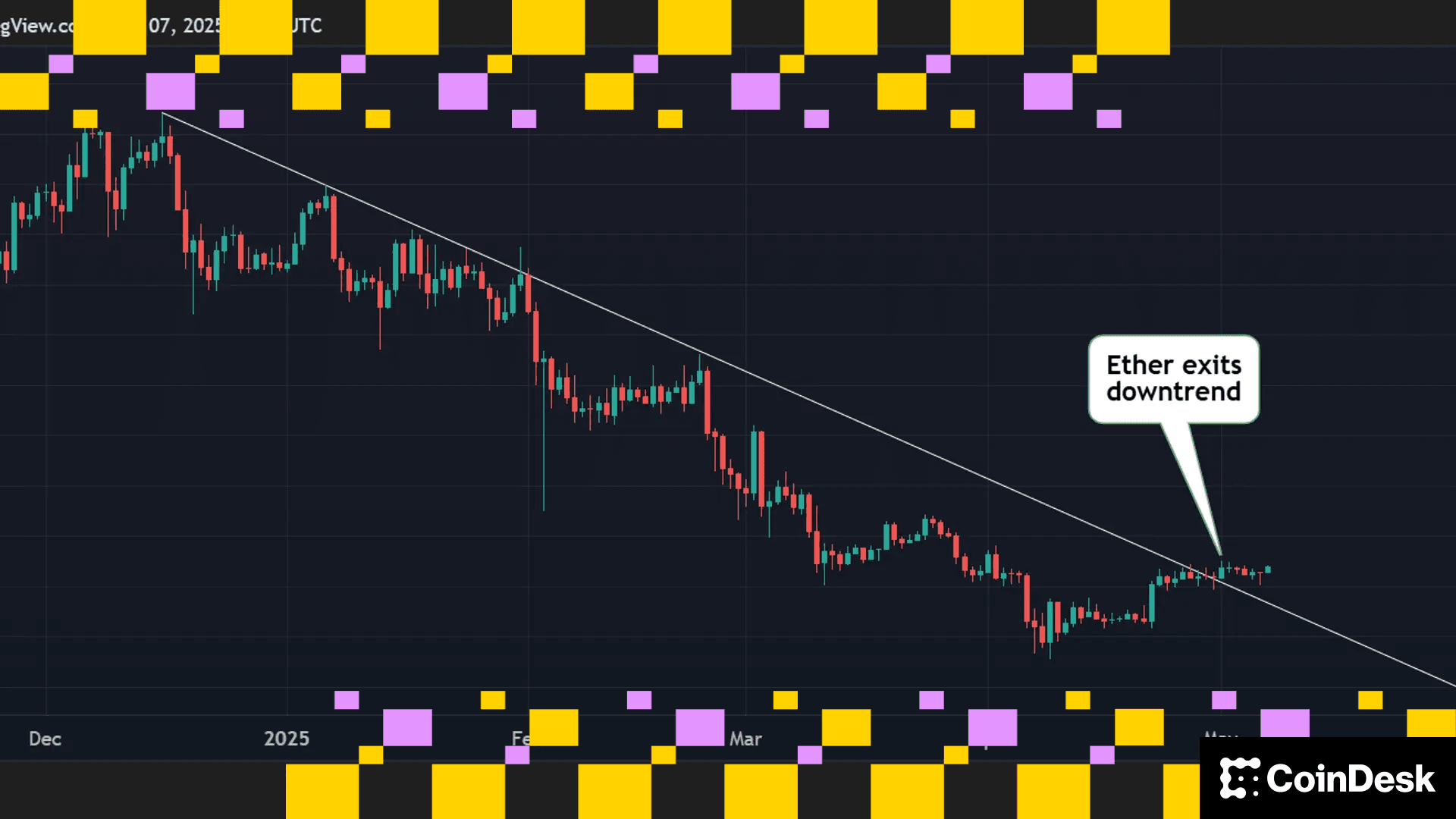Mastercard Unveils End-to-End Stablecoin Capabilities, Will Launch Card With OKX
Mastercard's new global system aims to make stablecoin transactions as seamless as traditional payments.

What to know:
- Mastercard is expanding support for stablecoin payments, working with Circle, Nuvei and Paxos to enable direct merchant settlement.
- The company is partnering with OKX to launch the "OKX Card," linking crypto trading and Web3 spending to Mastercard’s merchant network.
- Mastercard’s stablecoin initiative spans wallet enablement, card issuance, merchant settlement and on-chain remittances.
Mastercard is moving deeper into the digital asset economy by launching new global capabilities to support stablecoin payments across its vast merchant network, the company announced Monday.
The payments giant is working with crypto exchange OKX to roll out the "OKX Card," aimed at linking crypto trading and Web3 activities with everyday spending. Meanwhile, merchants will soon be able to settle transactions directly in stablecoins such as Circle’s USDC, thanks to collaborations with Nuvei and Circle. Paxos will help extend this functionality to other supported stablecoins like USDP.
“When it comes to blockchain and digital assets, the benefits for mainstream use cases are clear,” Jorn Lambert, chief product officer at Mastercard, said in a statement. “To realize its potential, we need to make it as easy for merchants to receive stablecoin payments and for consumers to use them. We believe in the potential of stablecoins to streamline payments and commerce across the value chain. Unlocking this is core to how we navigate the rapidly changing world, giving people and businesses the freedom they want by providing the choices they deserve,” he said.
Stablecoins, which are cryptocurrencies pegged to stable assets like the U.S. dollar, have been gradually moving beyond trading venues into mainstream payments.
Mastercard’s initiative covers the full range of stablecoin use cases, from wallet enablement and card issuance to merchant settlement and on-chain remittances. The company has previously partnered with crypto exchanges like Kraken, Binance and Crypto.com to allow users to pay with stablecoins via traditional cards.
Last year, it rolled out Mastercard Crypto Credential, a service designed to simplify sending digital assets across borders using verified usernames rather than complex wallet addresses.
In 2023, Mastercard launched its Multi-Token Network (MTN) which is being leveraged to facilitate real-time settlements and redemptions of tokenized assets.
Ondo Finance, in February, became the first provider to bring real-world assets to the network.
Disclaimer: Parts of this article were generated with the assistance from AI tools and reviewed by our editorial team to ensure accuracy and adherence to our standards. For more information, see CoinDesk’s full AI Policy.
More For You
Exchange Review - March 2025

CoinDesk Data's monthly Exchange Review captures the key developments within the cryptocurrency exchange market. The report includes analyses that relate to exchange volumes, crypto derivatives trading, market segmentation by fees, fiat trading, and more.
What to know:
Trading activity softened in March as market uncertainty grew amid escalating tariff tensions between the U.S. and global trading partners. Centralized exchanges recorded their lowest combined trading volume since October, declining 6.24% to $6.79tn. This marked the third consecutive monthly decline across both market segments, with spot trading volume falling 14.1% to $1.98tn and derivatives trading slipping 2.56% to $4.81tn.
- Trading Volumes Decline for Third Consecutive Month: Combined spot and derivatives trading volume on centralized exchanges fell by 6.24% to $6.79tn in March 2025, reaching the lowest level since October. Both spot and derivatives markets recorded their third consecutive monthly decline, falling 14.1% and 2.56% to $1.98tn and $4.81tn respectively.
- Institutional Crypto Trading Volume on CME Falls 23.5%: In March, total derivatives trading volume on the CME exchange fell by 23.5% to $175bn, the lowest monthly volume since October 2024. CME's market share among derivatives exchanges dropped from 4.63% to 3.64%, suggesting declining institutional interest amid current macroeconomic conditions.
- Bybit Spot Market Share Slides in March: Spot trading volume on Bybit fell by 52.1% to $81.1bn in March, coinciding with decreased trading activity following the hack of the exchange's cold wallets in February. Bybit's spot market share dropped from 7.35% to 4.10%, its lowest since July 2023.
More For You











